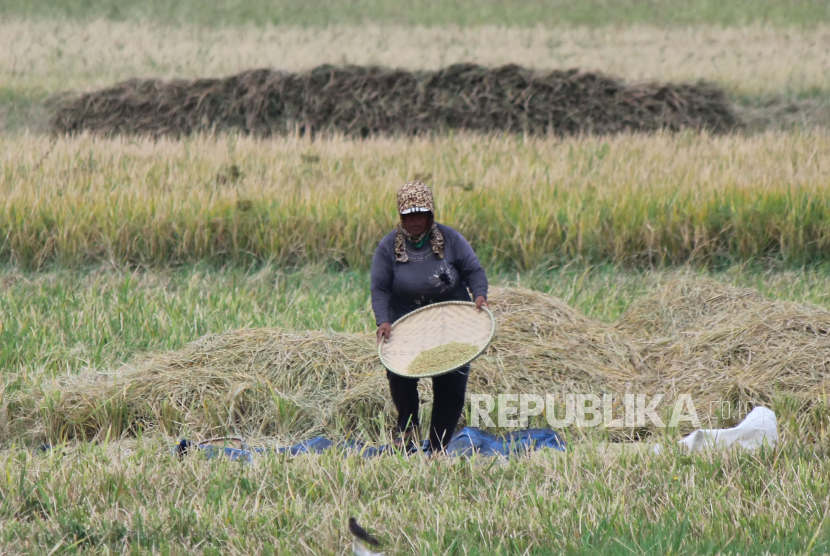REPUBLIKA.CO.ID, JAKARTA — October 16 is commemorated as World Food Day (HPS). However, in this year's commemorations, Indonesia was again overshadowed by the threat of a food crisis.
ThevChairman of the Indonesian Farmers Union (SPI) revealed in The State of Food Security and Nutrition in the World (SOFI) report that in 2023 the world's hunger figure will reach 691 to 783 million people.
In other words, about 9.2 percent of the world's population reaches calapia, and this is an increase compared to 7.9 percent in 2019.
“With this latest data, the United Nations predicts that the number of hunger in 2030 will exceed 670 million people and this figure is well above the target of the zero hunger program,” Henry said in an official statement on Monday (16/10/2023).
Meanwhile, the national level of hunger is also alarming. According to the Food and Agriculture Organization (FAO) data, Indonesia's hunger rate is still high compared to neighboring countries. The FAO defines hunger as the condition of a person whose food intake does not meet the energy standards for a normal, active, healthy life
The FAO then measures hunger rates based on prevalence of undernourishment, which is data on the prevalence of malnutrition or insufficient food consumption in each country. The number of famines recorded in the FAO database is the average for the last three years (3-year average). That is, the 2022 data is an average of the famine figures for the period 2020-2022.
As a result, in 2022 Indonesia recorded a figure of 5.9 percent or in other words about 5.9 percent of the total Indonesian population (about 16.2 million people) is expected to experience hunger.
Indonesia ranks second highest in the ASEAN group of countries, after East Timor. This position is worse than the Philippines, Thailand, Vietnam, Cambodia, Laos, Myanmar, and Malaysia. When viewed in terms of population, Indonesia's hunger rate ranks top in ASEAN. A total of 16.2 million people went hungry in Indonesia, followed by the Philippines with 5.9 million, and Vietnam with 4.9 million.
Henry Saragih said the main cause of the food crisis threat has to do with the orientation of food governance that still refers to 'Food Security' instead of 'Food Sovereignity'.
“Food sovereignty is defined as the right of every nation and every people to produce food independently and the right to establish systems of agriculture, animal husbandry, and fisheries in the absence of subordination from international market forces,” he said.
He added that the threat of a food crisis has spread to all parts of the world, marked by surging prices of foods such as rice, soybeans, and corn.
According to a 2022 Food and Agriculture Organization (FAO) report, rising food, fertilizer, and energy prices are driving the threat of a food crisis even more real. This condition is accompanied by a climate that makes food producing countries refrain from exporting.
According to him, the soaring food prices are also due to the scarcity and the increase in the price of Chemical fertilizers.
Henry said the consequences of such a food system led to agrarian conflict, poverty, hunger, stunting, obesity, climate change, and natural destruction.


